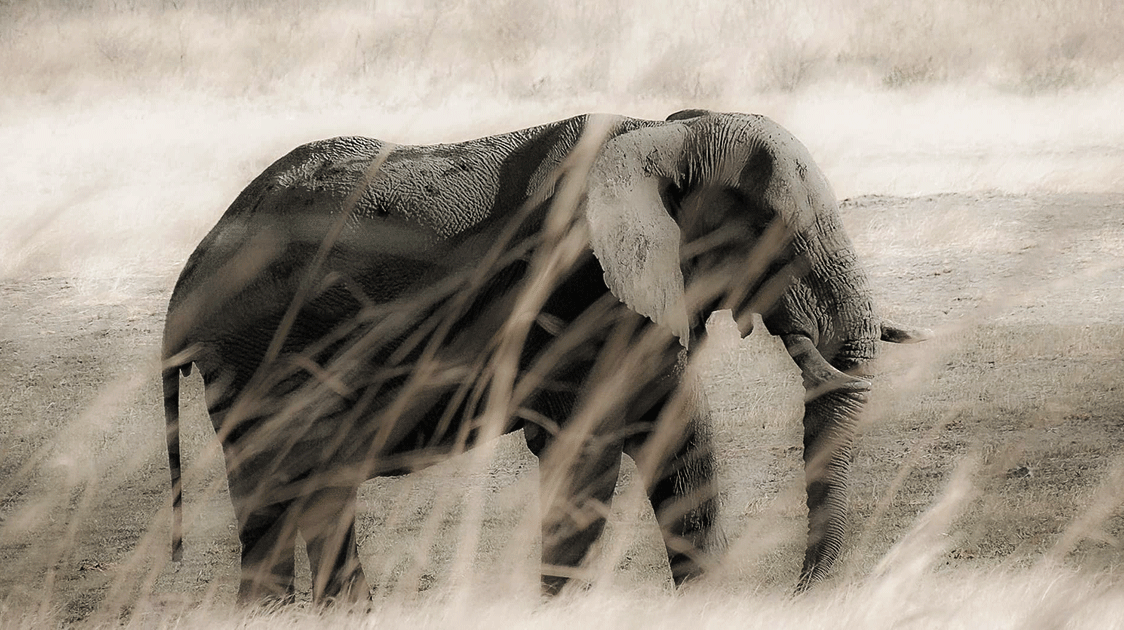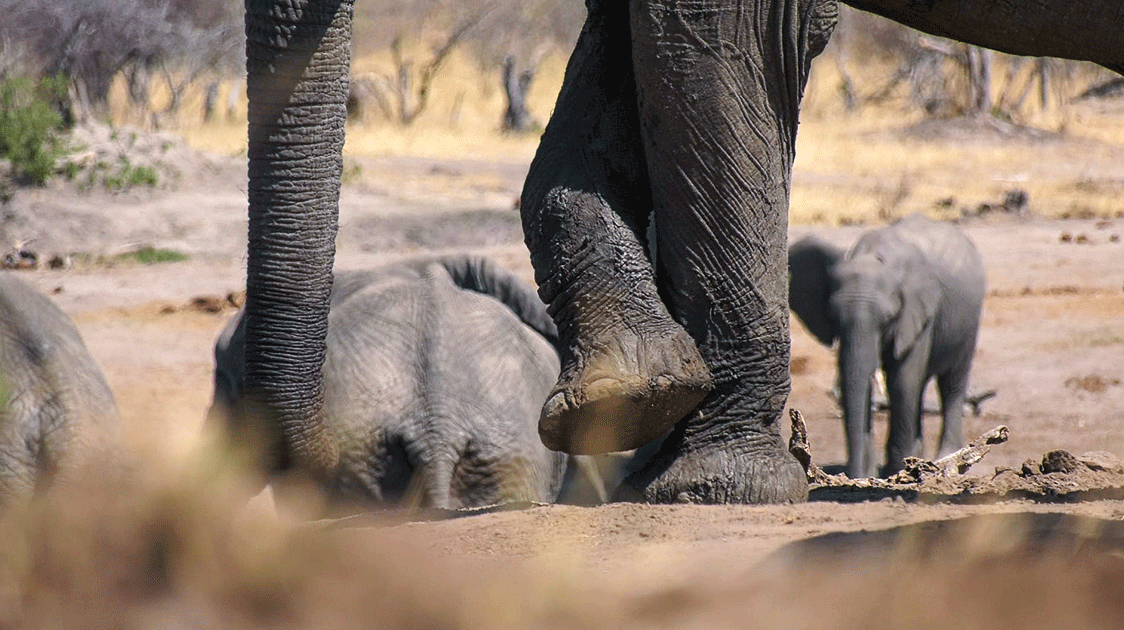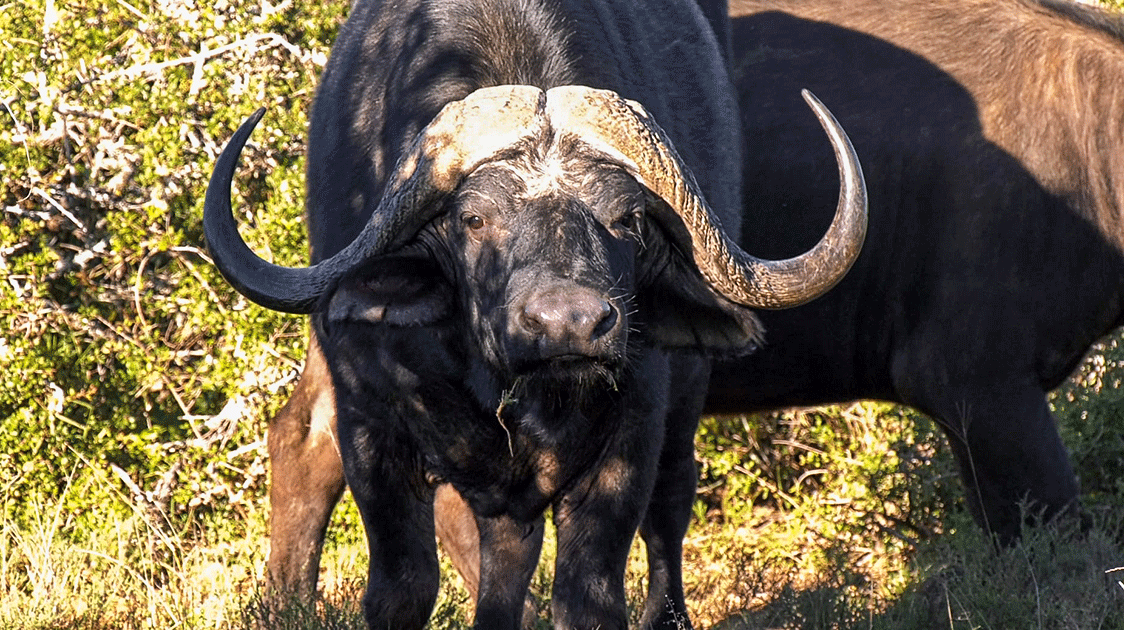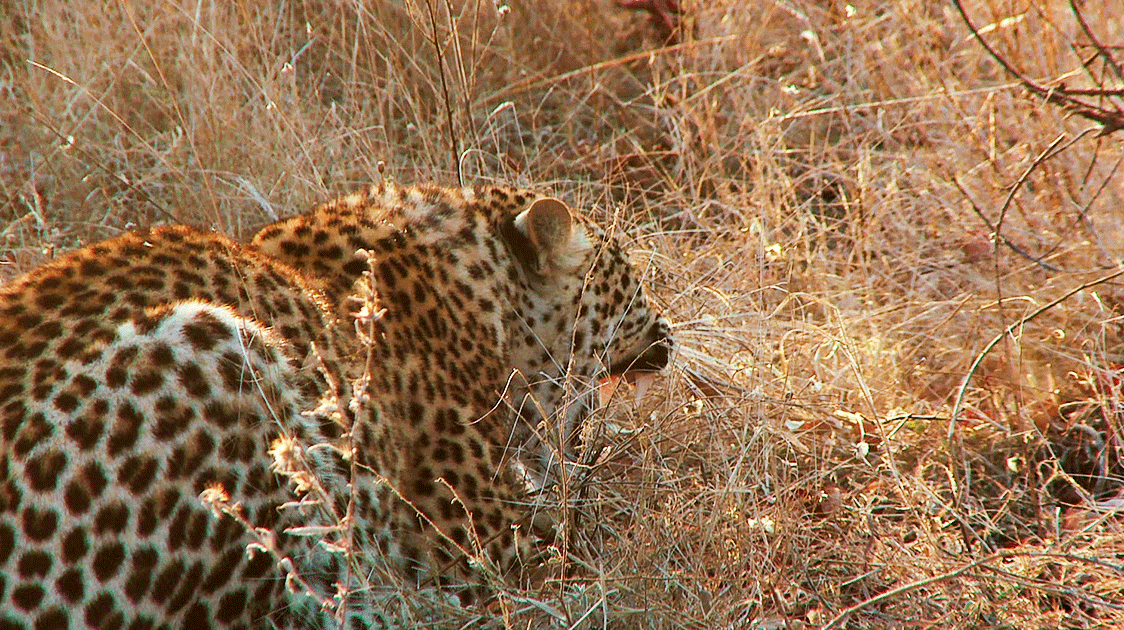Elephantine Dilemmas

By Dr David Cummings
Below is an extract from an article written by Dr. Cumming, Elephantine Dilemmas, which was initially published in Quest in 2005.
In this extract, Dr. Cumming is referring to the elephant population explosion that had occurred at that time across Southern Africa.
Countries in southern Africa responded in different ways to the ‘elephant problem’. Zimbabwe continued culling until the late 1980s. The Kruger National Park culled annually until 1994. Namibia conducted a single pre-emptive cull during a drought year in Etosha National Park, where the population has grown slowly and appears to be regulated by anthrax. Botswana did not cull at all.
In Mozambique, populations were greatly reduced during the 20 years of civil war (1974–1994). In retrospect, the region’s countries provided what were in effect large- scale experiments in managing elephants, from which we can draw useful conclusions:
- Elephants are remarkably robust and in several parts of the region they recovered rapidly. The only protected sub-population to become extinct was the very small herd in the Tsitsikamma forest, near Knysna. Southern Africa now has at least six separate populations larger than 5,000 animals (one population exceeds 150,000). Elephants are clearly no longer an endangered species in the region.
- Controlled harvesting of elephants and the legal ivory trade did not prejudice elephant conservation in southern Africa.
- No elephant populations or ecosystems have collapsed, either as a result of culling or from non- intervention strategies.
- Elephant populations at densities greater than 1 per 2 km2 where rainfall is low reduced some types of woodland to shrubland over large areas. Where elephant ranges were not confined by fences, however, impacts on vegetation seem to have been less marked.
- Trophy quality has been maintained, if not improved, in safari hunting areas.

Dr. Cumming concludes:
Is the killing of sentient mammals such as elephants morally right and defensible in the 21st century? Alternatively, is it morally right to deny rural communities and land owners in Africa the right to kill and use elephants and their products to better their lives and, in so doing, maintain wild land in the face of pressures from expanding agriculture or other land uses?
Or, is it wrong for national parks and protected areas to maximize economic returns from elephants so as to conserve better a full range of biodiversity within the protected areas for which they are responsible?
The ecological and economic questions can be examined and analyzed scientifically. But, ultimately, management decisions have to do with public choice, governed by the world- views and the values of those who influence and take decisions.
Science can, nevertheless, contribute to the moral and ethical debate through research on such matters as sentience in non-human animals, or the effects of alternative management regimes and actions (or lack of them) on stress and suffering in the animals or animal populations concerned.
In considering what’s involved in conserving and managing elephant populations, we’re no longer dealing simply with managing the numbers of a single species.

We are instead dealing with a complex social-ecological system at scales that range from the local habitat patch and rural household to the international platform.
The science involved spans many disciplines and cultures – from normal hypothetico- deductive ‘hard’ science, to inductive and more inclusive science, and the multidisciplinary integration of science into the political arena.
Dr. Cumming has been involved in elephant conservation and management since the mid-1960s. He was formerly Deputy Director of Zimbabwe’s Department of National Parks and Wildlife Management and Program Director for WWF’s Southern African Regional Office.




Comments ()